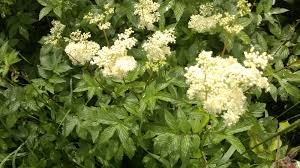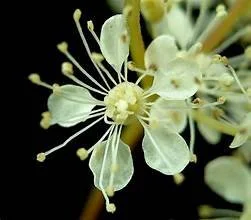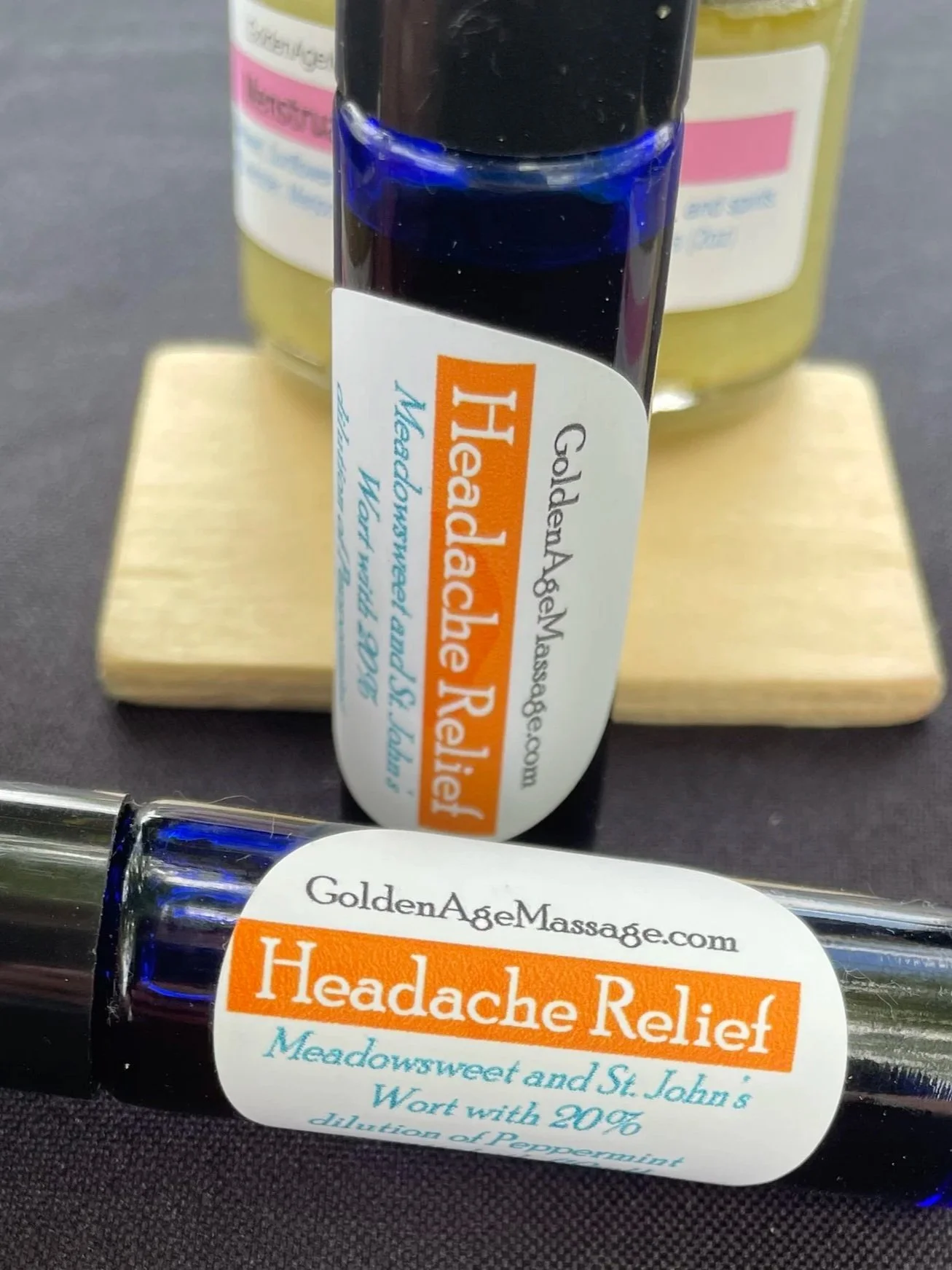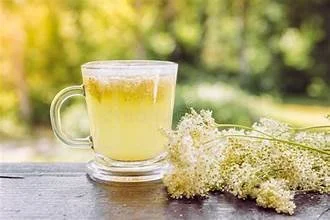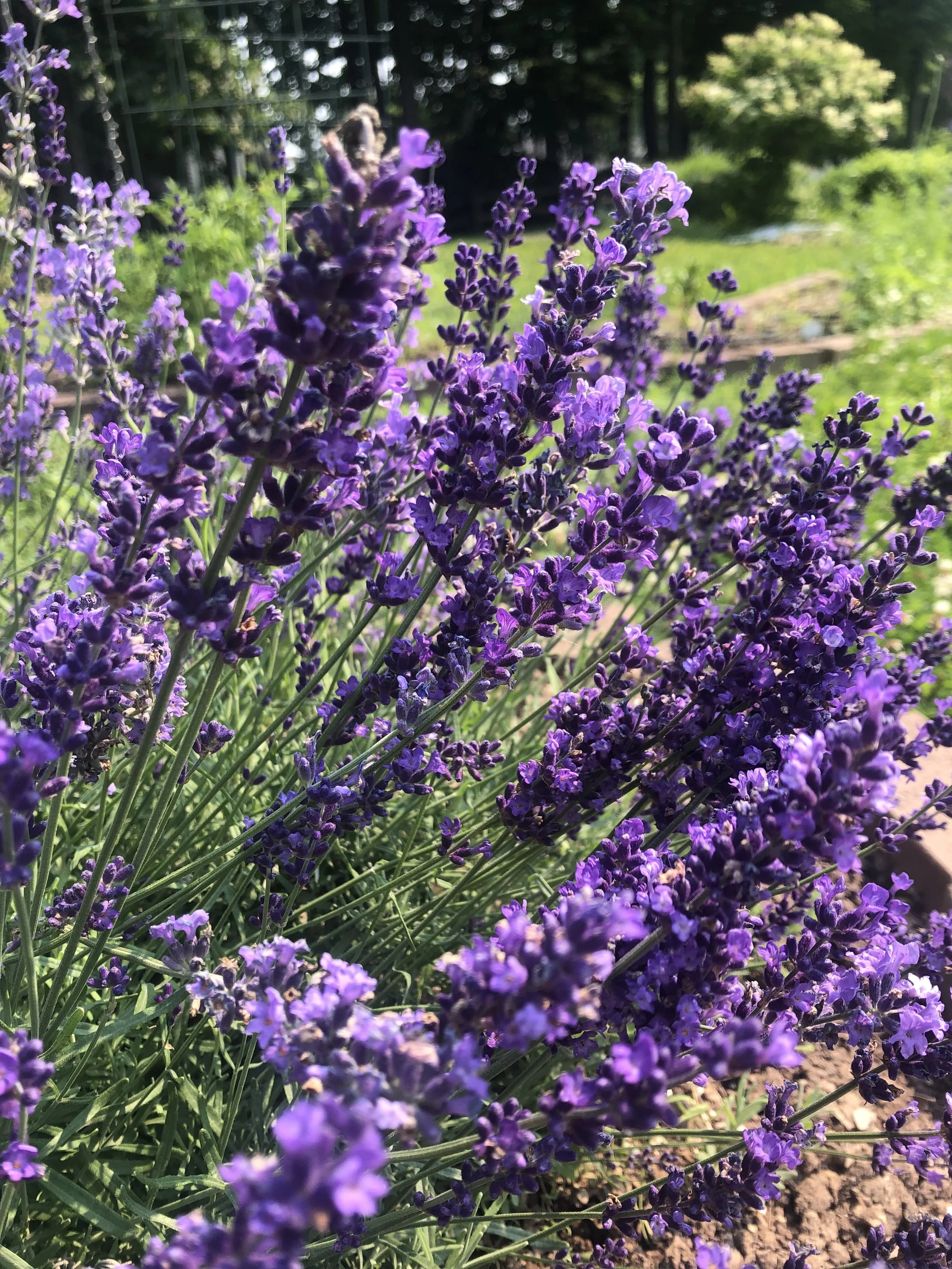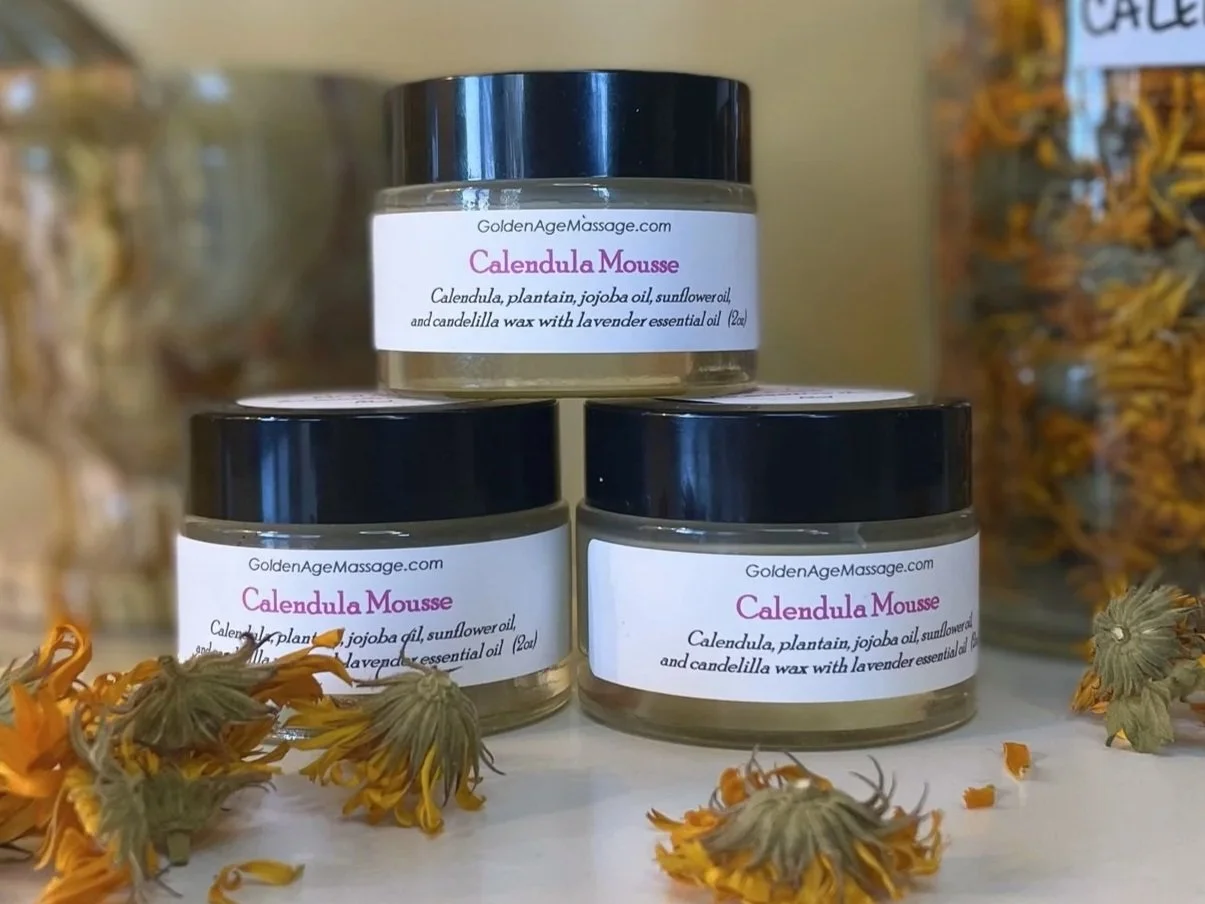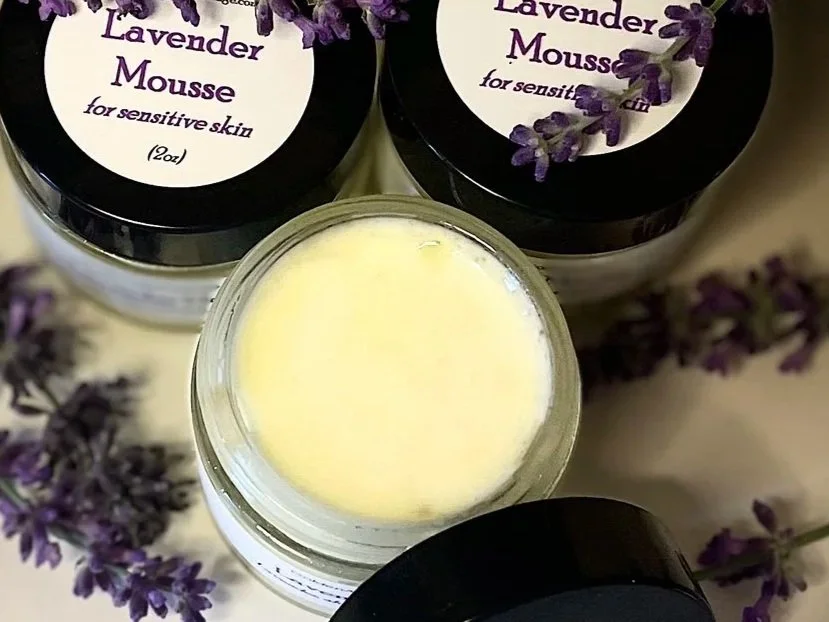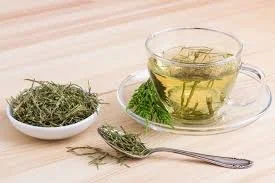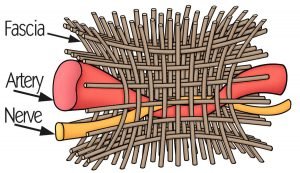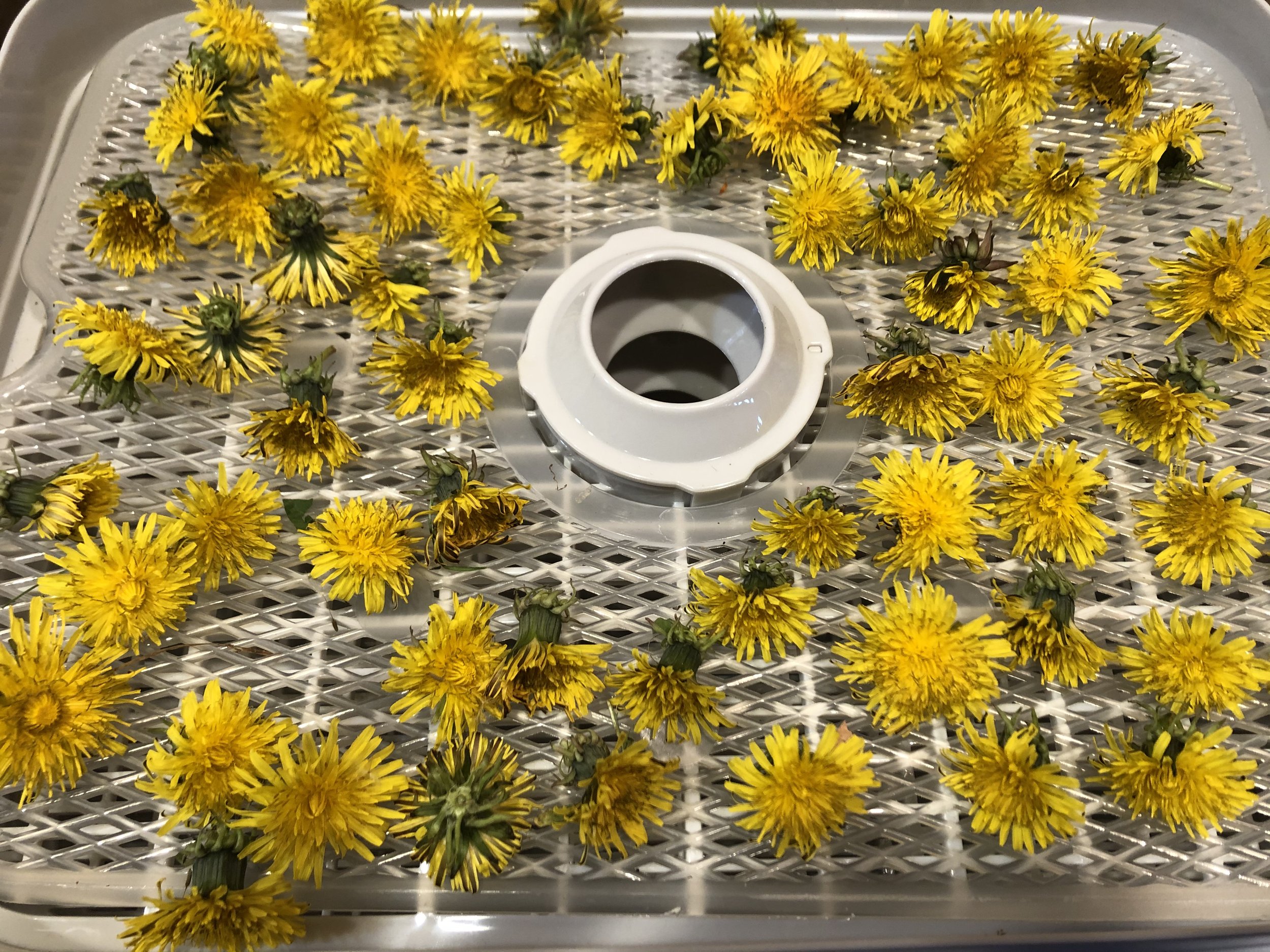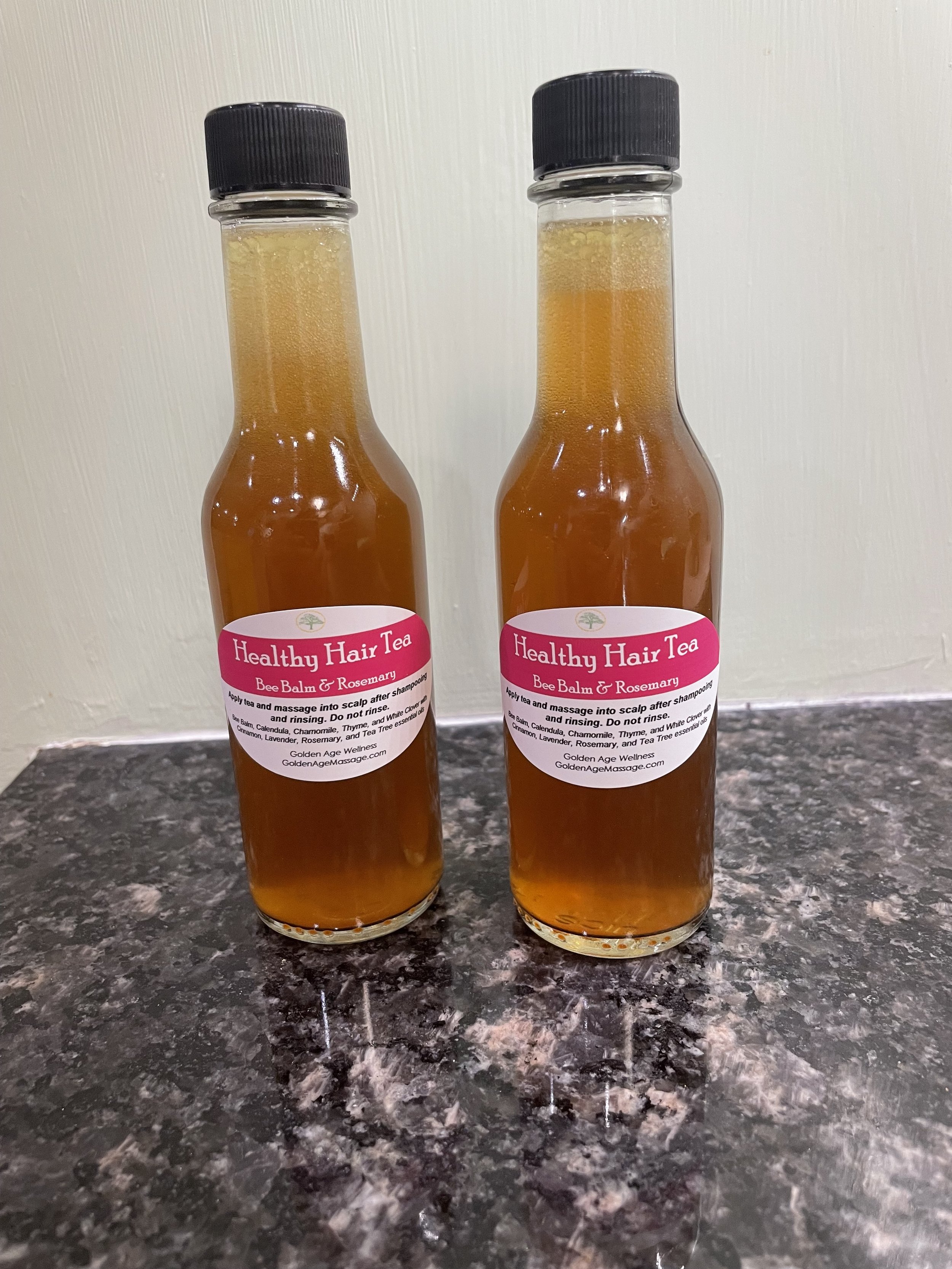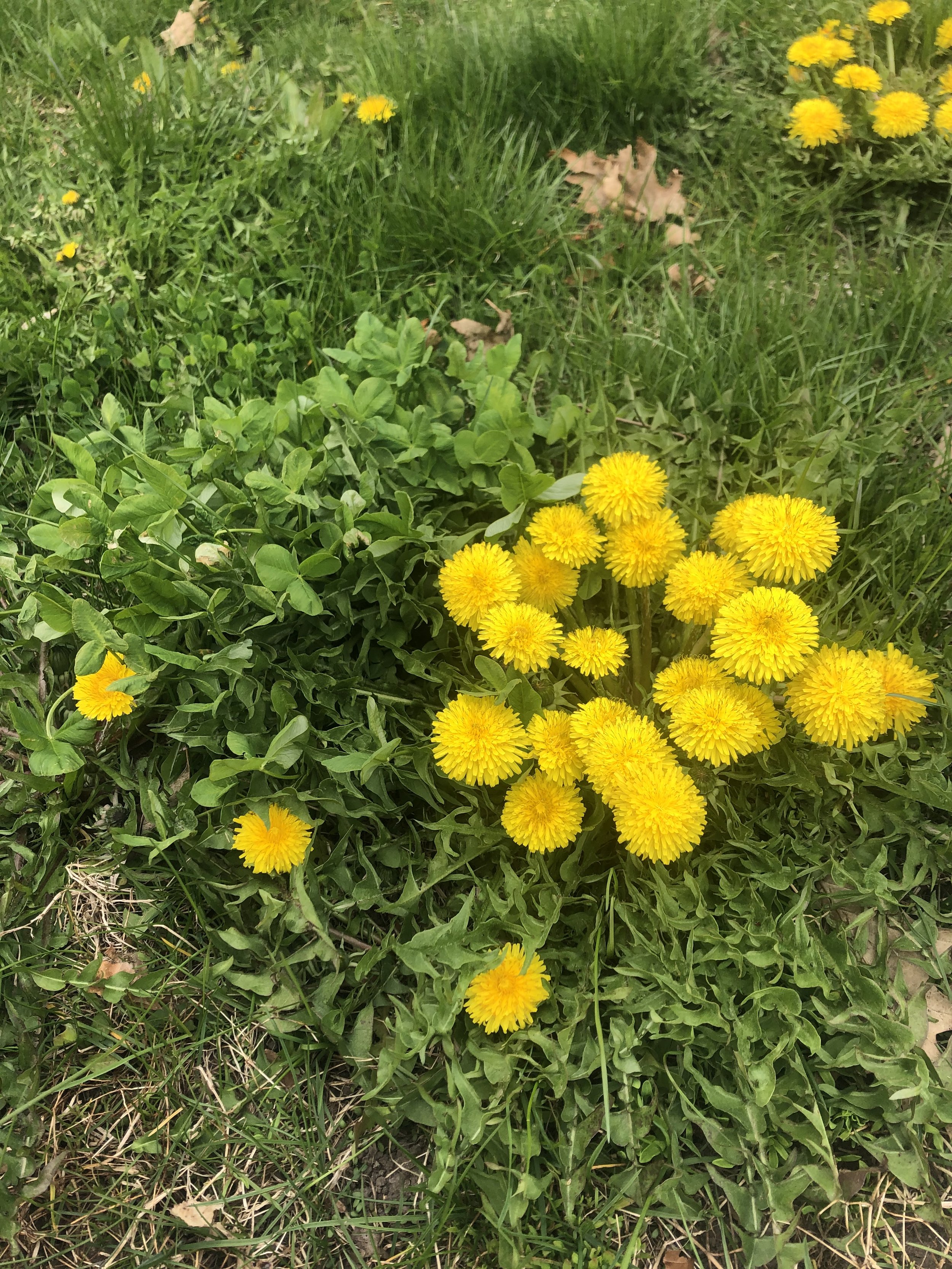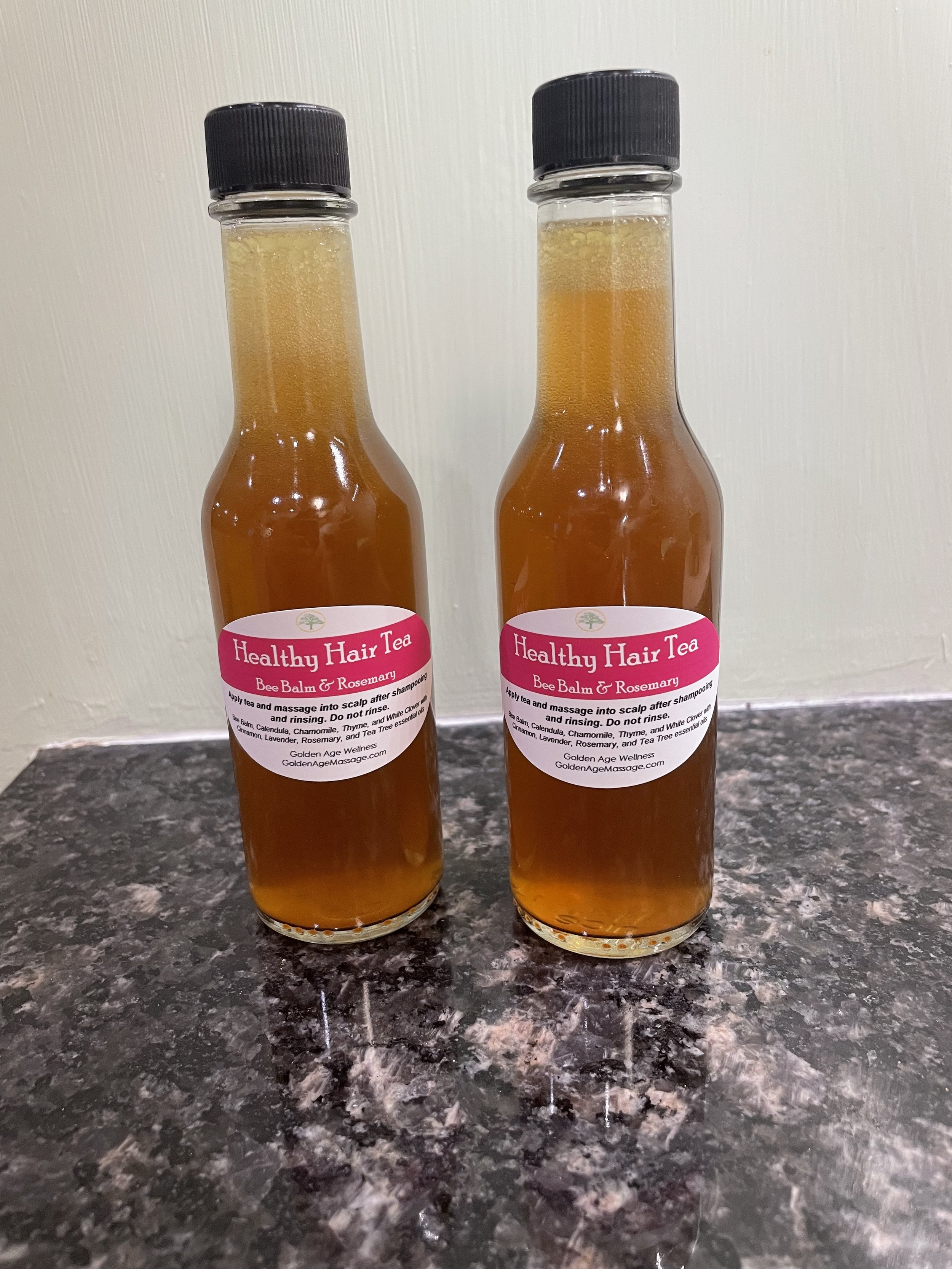Meadowsweet, a gentle pain reliever
/Meadowsweet (Filipendula ulmaria) is an herb that doesn’t get much attention, but is an effective pain reliever, and more gentle than willow. Known as “nature’s aspirin” because it contains aspirin-like constituents, it also contains tannins, which combat inflammation, and mucilaginous and soothing properties that help heal the gut.
As a plant, Meadowsweet’s flowers give off a lovely aroma, thus, its name. It grows in part-shade and moist soil, so I had the freedom to plant it away from the sunny side of the house where all the other herbs are located. Leaves and flowers are harvested just as the plant starts to bloom. I always leave some flowers on the plant so that we can enjoy them in the garden.
Meadowsweet is good for acute pain and is safer than other herbs for long-term use. I use Meadowsweet as a liniment in Headache Relief, then infuse it in sunflower oil to make Menstrual Mender salve.
The meadowsweet flowers have a pleasant wintergreen-cherry flavor , so you can make a tasty tea that works to relieve internal pain, especially in the digestive system. Steep a tablespoon of dried flowers in a cup of boiling water for 10 minutes.

